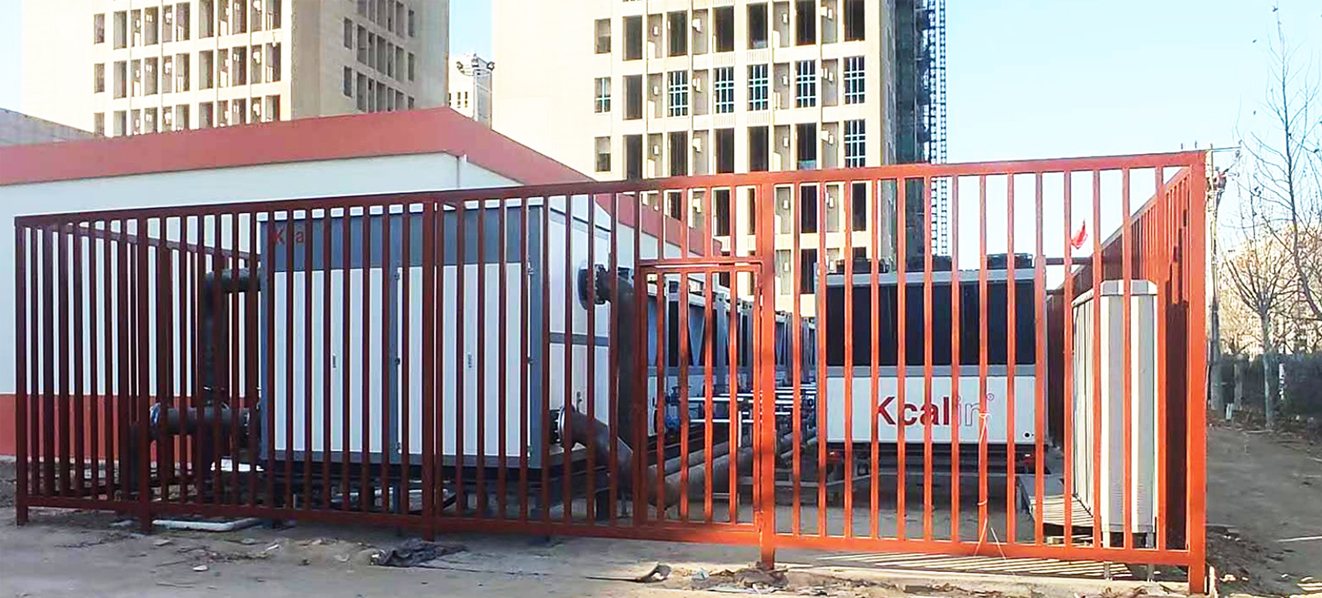In modern industrial systems, the ventilation and exchange system of factory buildings is a crucial facility. It not only affects the air quality of the workplace, but also directly affects production efficiency, employee health, and environmental safety. Kcalin has compiled the functions and uses of ventilation systems in factory buildings, revealing their indispensable role in industrial production.
The basic functions of ventilation systems
The guarantee of air quality: The primary task of the factory ventilation system is to ensure the quality of indoor air. By timely eliminating harmful gases, odors, and dust, keeping the air fresh and reducing the concentration of harmful substances, the system effectively improves the overall air quality of the working environment.
Temperature and humidity regulation: The ventilation system can regulate the indoor temperature and humidity, ensuring that the working environment always maintains suitable temperature and humidity in different seasons and meteorological conditions. This is crucial for the normal operation of specific production processes and equipment.
Explosion proof safety guarantee: In some special industries, such as chemical, oil and gas, ventilation systems also play an important role in explosion prevention. By designing a reasonable ventilation system, combustible gases can be promptly eliminated to reduce the risk of fire and explosion.

The purpose of the ventilation and exchange system in factory buildings
Industrial production environment: In industrial factories, ventilation systems are the key to ensuring production efficiency and product quality. By eliminating exhaust gases, heat, and odors generated during the production process, the system ensures the comfort of workers and improves production efficiency.
Cleanrooms and laboratories: In fields such as medicine and electronics, ventilation systems play a crucial role in maintaining the cleanliness of cleanrooms and laboratories. The system can filter harmful substances such as fine dust and microorganisms, ensuring the cleanliness of the experimental environment and the accuracy of experimental results.
Health and medical facilities: In hospitals, clinics and other medical facilities, ventilation systems help eliminate infectious disease sources, maintain fresh indoor air, provide patients with a good medical environment, and protect the health of medical staff.
Commercial and office spaces: Ventilation systems in public places such as shopping malls and office buildings can improve air quality, enhance indoor comfort, and create better work and shopping experiences for employees and customers.
The upgrade of ventilation systems brought about by technological innovation
Intelligent control: Modern ventilation systems are often equipped with intelligent monitoring and control systems, which monitor indoor environmental parameters in real-time through sensors, automatically adjust ventilation volume, and improve system energy efficiency and response speed.
Energy conservation and environmental protection: The new generation ventilation system adopts efficient energy recovery technology to reduce energy waste. Some systems also integrate renewable energy sources such as solar and wind energy to achieve more environmentally friendly and sustainable operation.
Air purification technology: Ventilation systems often combine air purification technology, using high-efficiency filters, ultraviolet lamps, and other equipment to remove harmful particles and microorganisms indoors, providing a healthier indoor environment.
Maintenance and management of ventilation systems
Regular cleaning and inspection: To ensure the normal operation of the ventilation system, it is necessary to regularly clean and replace filters, check the condition of components such as fans and pipelines, and promptly identify and solve potential problems.
Data monitoring and analysis: Using data monitoring technology, real-time tracking of the operation status of the ventilation system, optimizing system operating parameters through data analysis, and improving the overall efficiency of the system.
The role and purpose of the factory ventilation system involve various aspects such as production, environment, and employee health. Through continuous innovation in technology, ventilation systems are constantly developing towards intelligence, energy conservation, and environmental protection, providing more intelligent and sustainable indoor environmental solutions for various industries. In the future, ventilation systems will play a role in a wider range of fields, creating a more comfortable, safe, and healthy working and living environment for people.







Comment